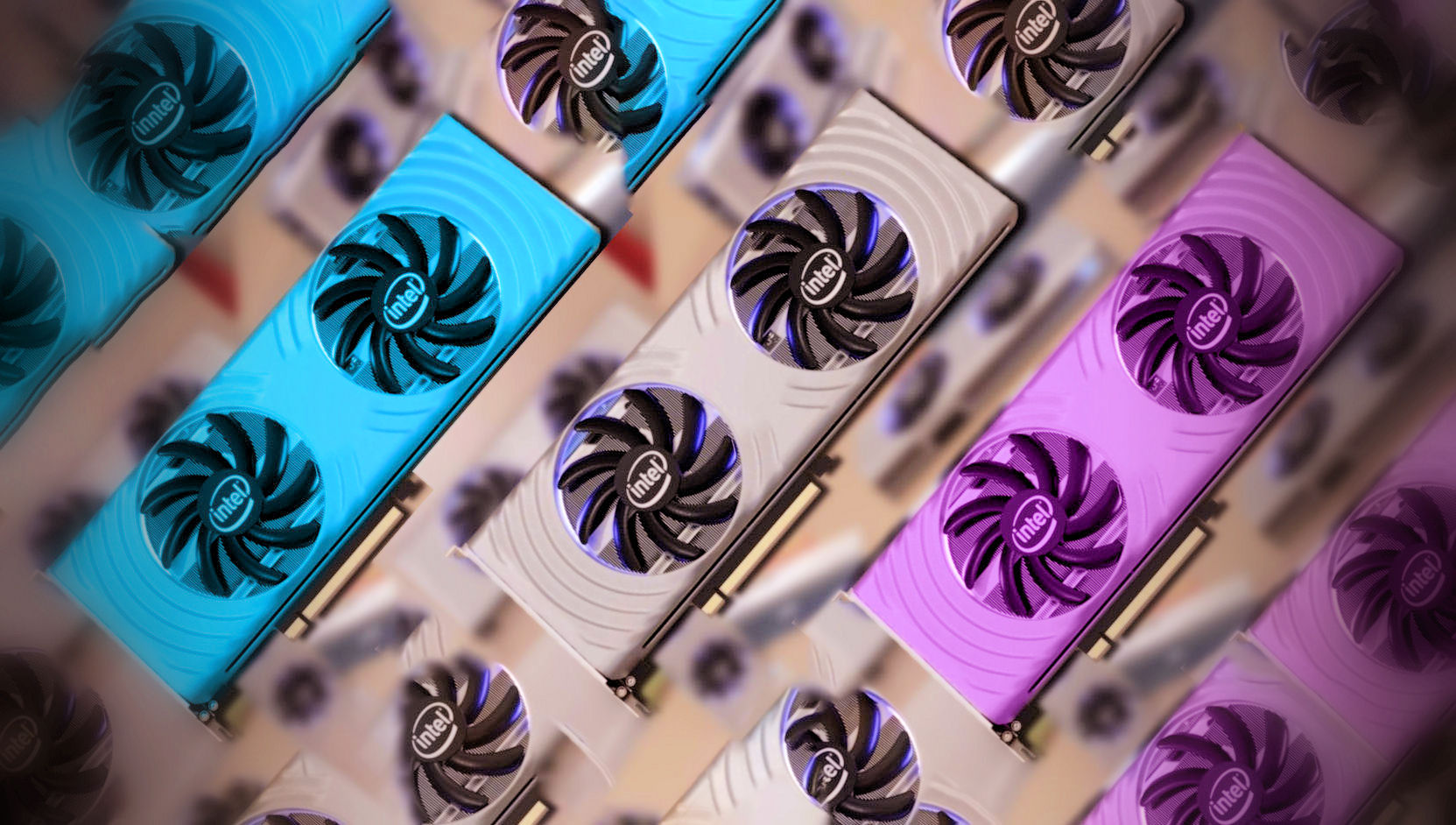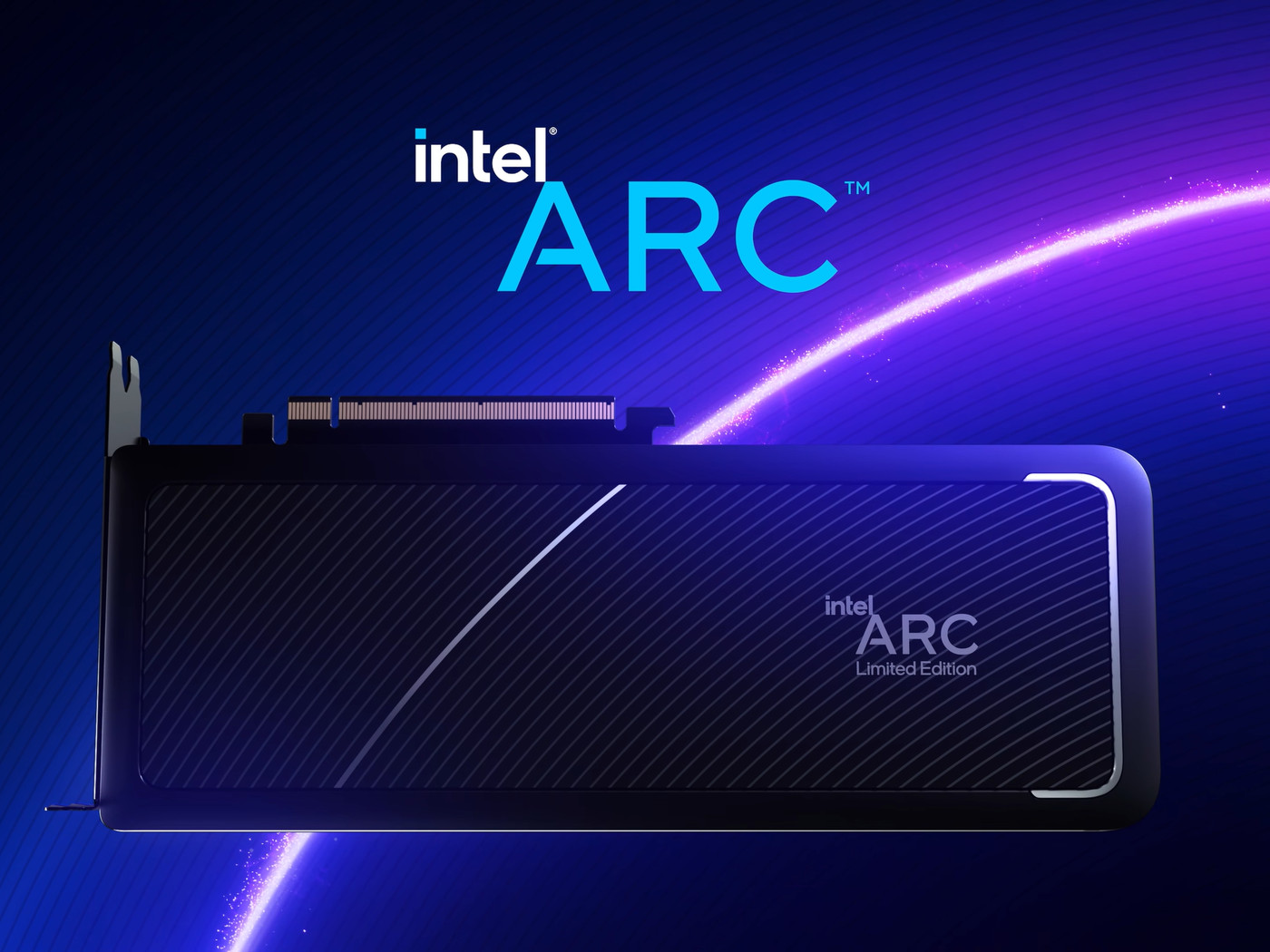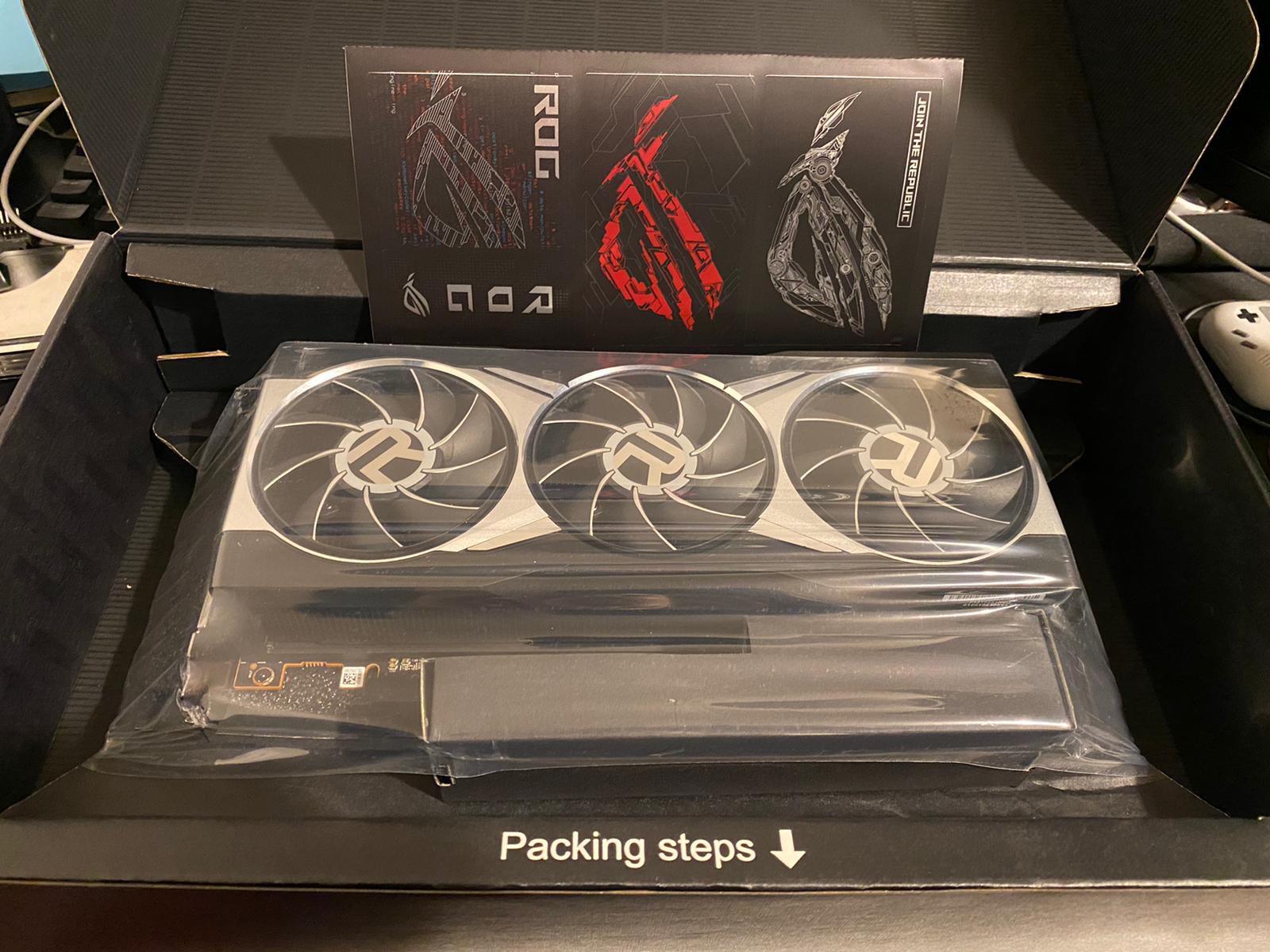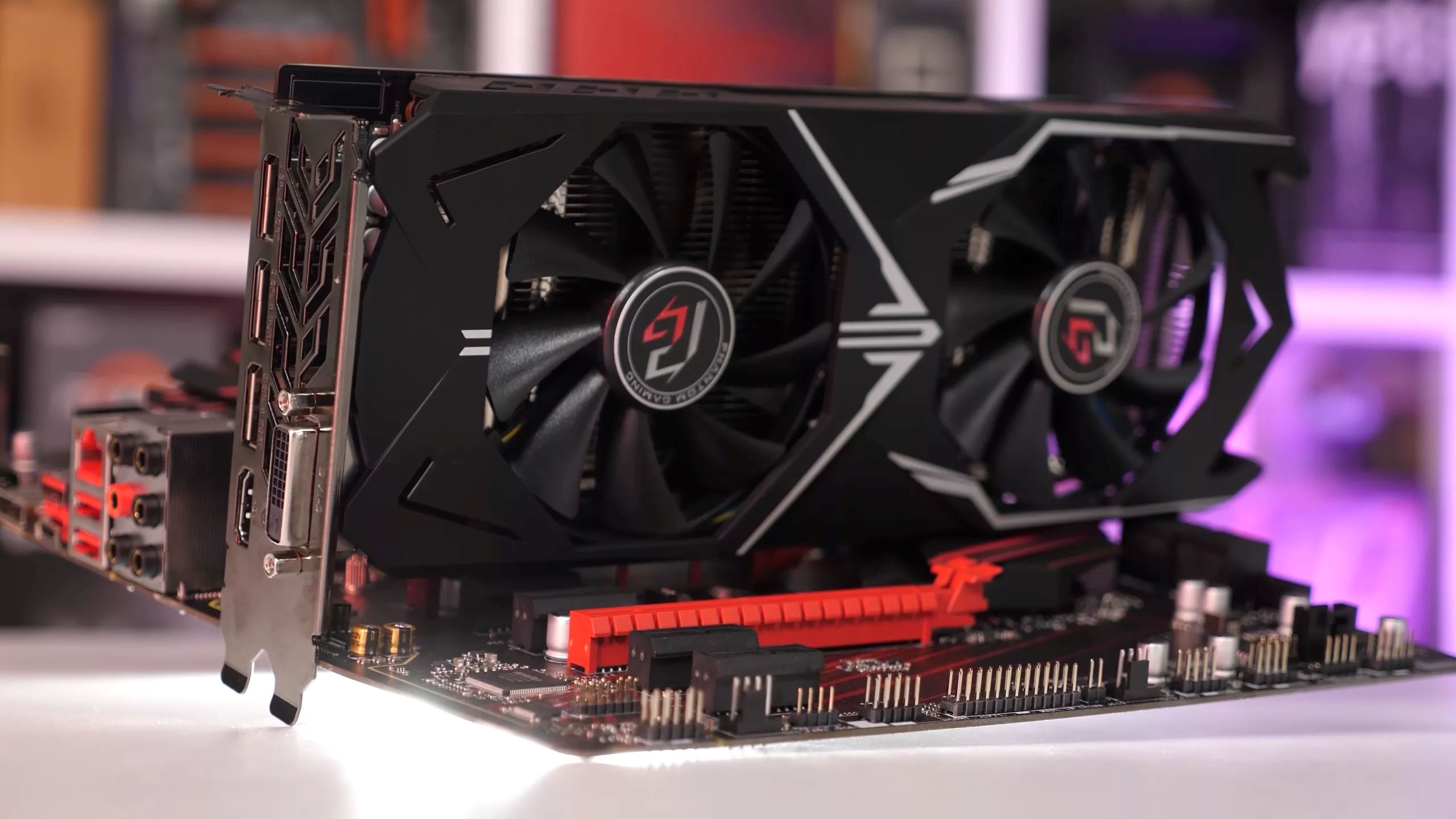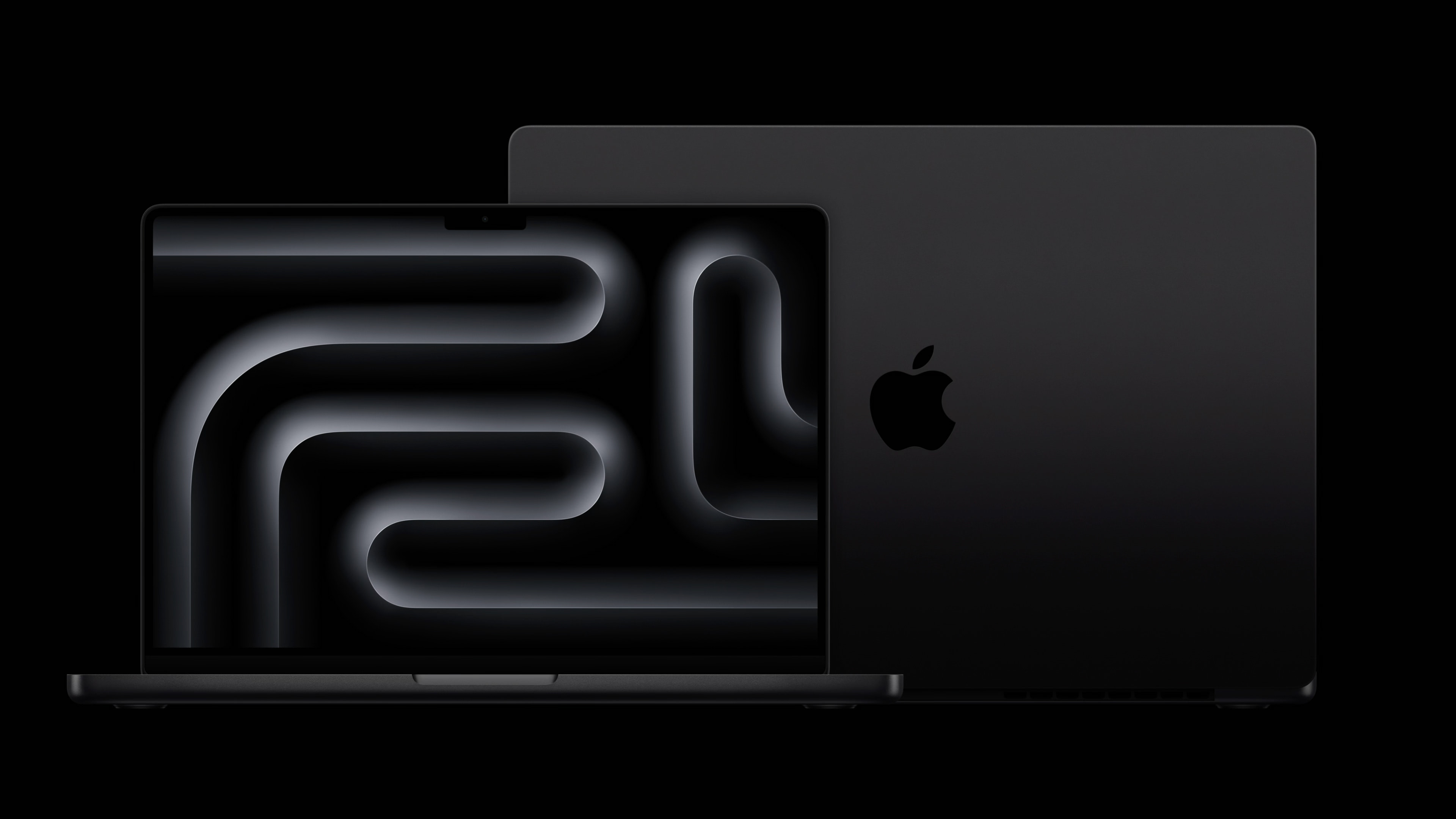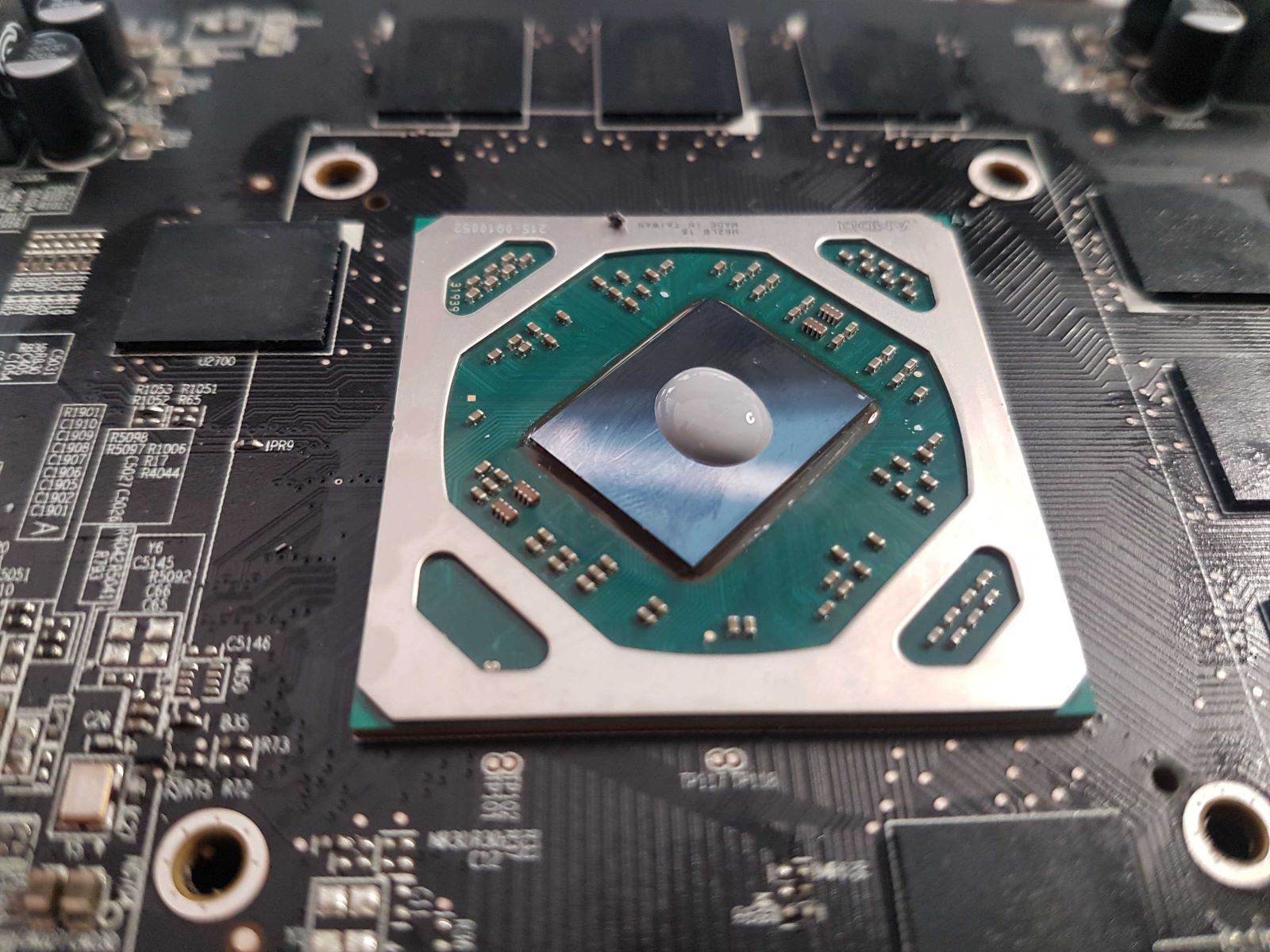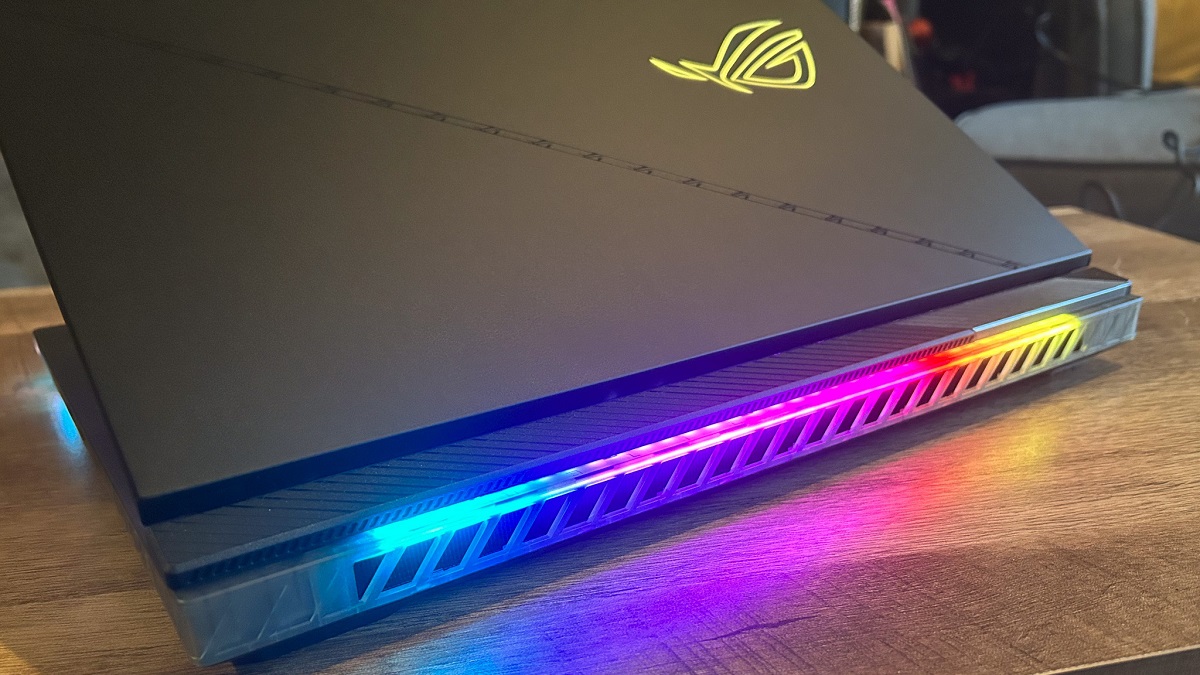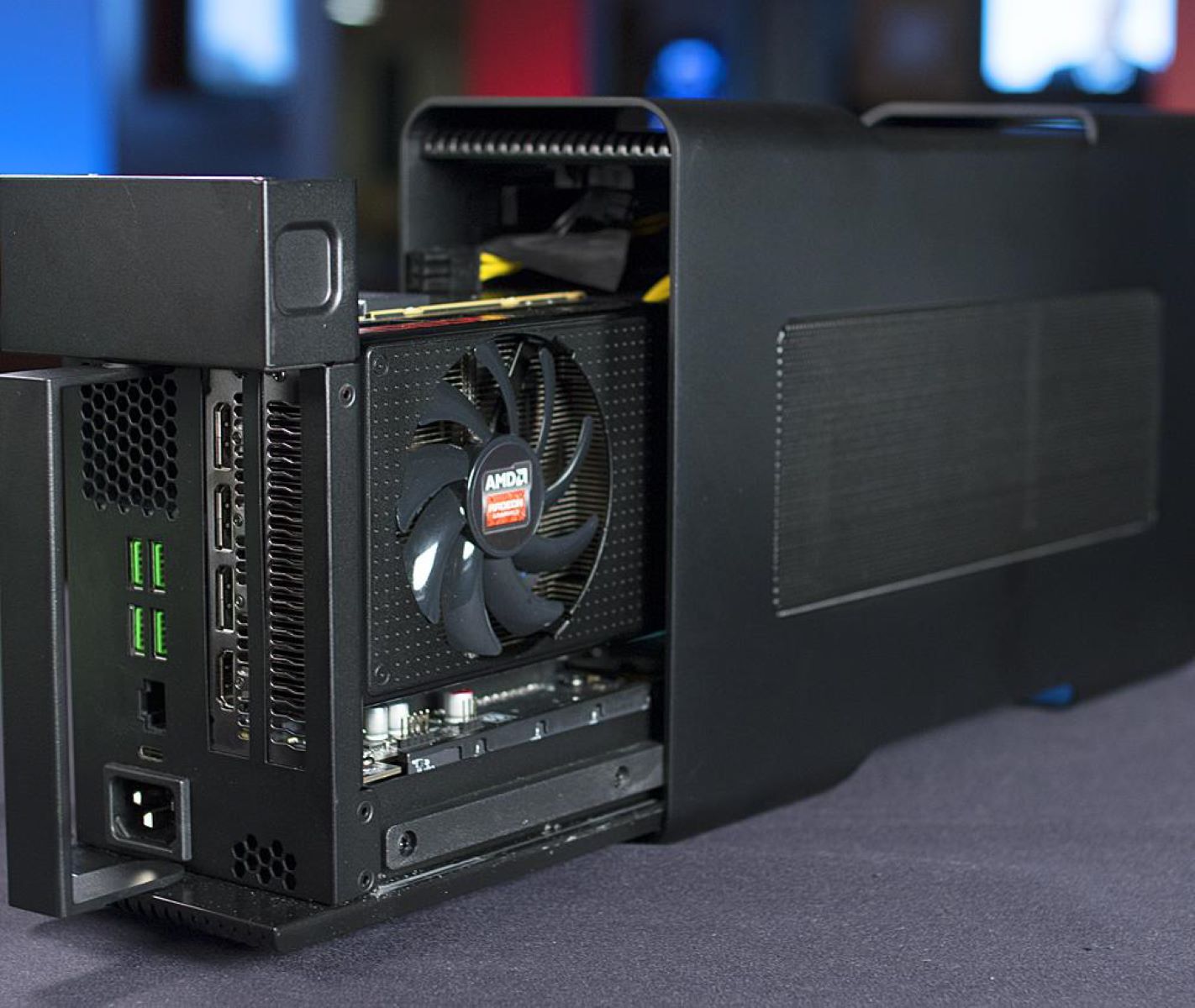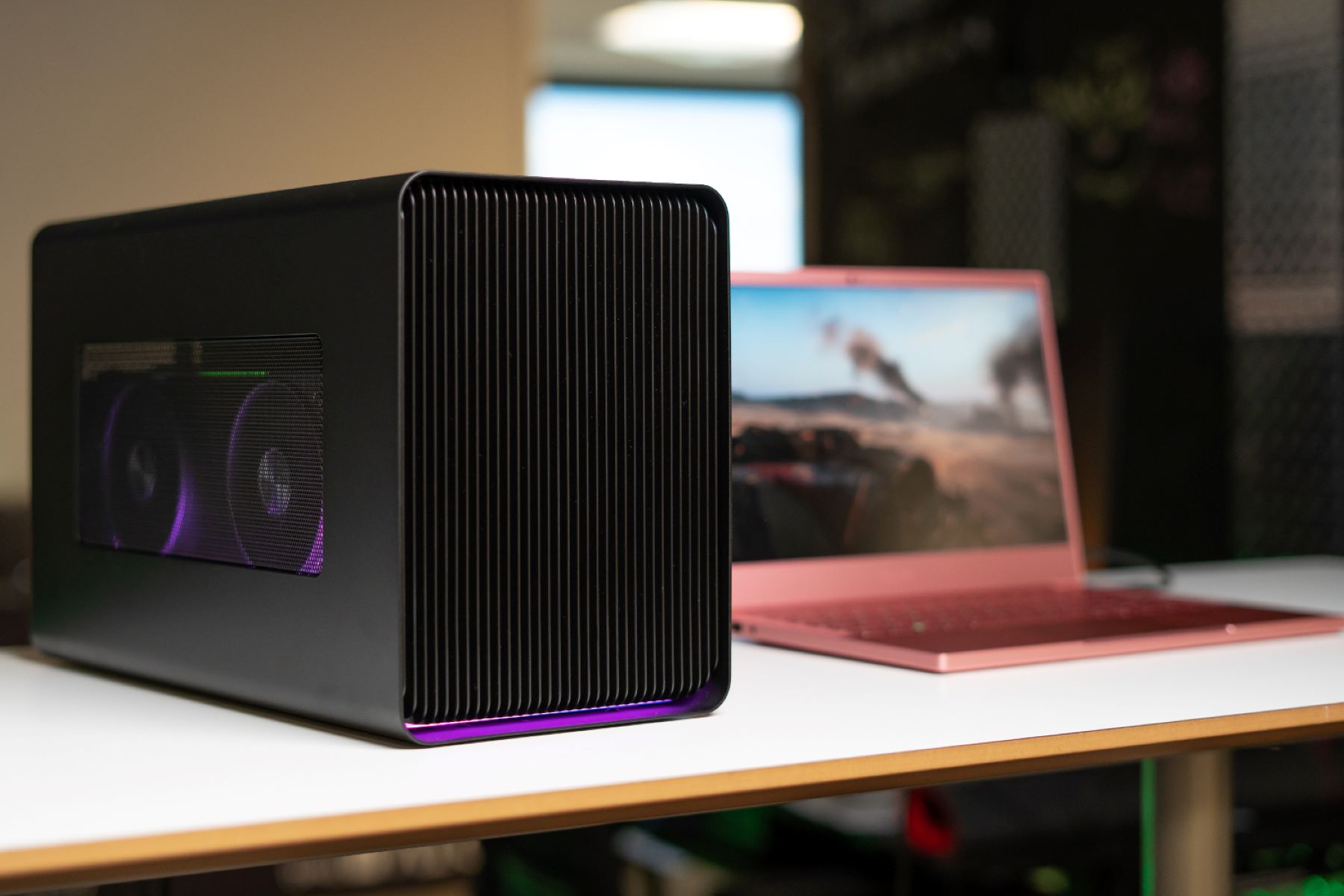Introduction
Shipping a GPU (Graphics Processing Unit) can be a daunting task, especially if you’re not familiar with the proper packaging and shipping procedures. Whether you’re sending a GPU to a customer, selling it to a buyer, or simply relocating your gaming rig, ensuring the safe and secure shipment of your valuable component is crucial.
With the increasing demand for high-performance GPUs, it’s essential to understand the importance of proper packaging to prevent any potential damage during transit. A damaged GPU can result in financial loss and disappointment for both the sender and the recipient. Fortunately, by following a few key steps, you can ensure that your GPU arrives at its destination in optimal condition.
Choosing the right shipping service and understanding its policies is another critical aspect of shipping a GPU. Different carriers have varying guidelines when it comes to shipping electronics, so it’s vital to do your research and select a reliable and reputable shipping service that offers insurance and tracking for added peace of mind.
In this guide, we will walk you through the step-by-step process of shipping a GPU safely and securely. From preparing your GPU for shipment to packaging it correctly, sealing and labeling the package, choosing shipping insurance, tracking your shipment, and dealing with damaged or lost shipments, we will cover all the essential aspects to ensure a smooth and successful shipping experience.
Whether you’re a seasoned shipper or a first-time sender, this guide will provide you with the necessary knowledge and tips to ship your GPU with confidence. So, let’s dive in and learn how to properly and effectively ship a GPU!
Understanding the Importance of Proper Packaging
When it comes to shipping a GPU, one of the most crucial aspects to consider is the packaging. Proper packaging plays a vital role in protecting your GPU from any potential damage during transit. With delicate components and sensitive electronics, a securely packaged GPU ensures that it arrives safely at its destination.
A GPU contains intricate circuitry and delicate parts that are susceptible to static electricity, shock, and physical damage. Improper packaging may lead to bent connectors, broken circuit boards, or loose components, rendering your GPU unusable or in need of expensive repairs.
Additionally, shipping carriers handle packages with varying degrees of care. Packages may be stacked, shifted, or subjected to vibrations and impacts during transportation. Without suitable packaging, your GPU is more likely to suffer from these external forces, resulting in damage.
To safeguard your GPU, ensure that it is packaged in a sturdy and protective container. Start by using an anti-static bag to prevent any electrostatic discharge that may harm the sensitive electronic components. This bag acts as a barrier, neutralizing any static electricity and protecting your GPU from potential damage.
Next, it’s essential to place your GPU inside a cushioned material, such as bubble wrap or foam. This cushioning material acts as a shock absorber, minimizing the impact your GPU may experience during transit. Wrap the GPU snugly to provide maximum protection without putting excessive pressure on the components.
Furthermore, consider using a rigid box as the outer packaging for your GPU. A sturdy box provides an additional layer of protection, preventing any potential damage from accidental drops or applied pressure. Ensure that the box is of the appropriate size, leaving little to no room for movement inside. This will reduce the risk of your GPU shifting and bumping against the walls during shipment.
To further secure the GPU, fill any empty spaces inside the box with packing materials like air pillows, packing peanuts, or crumpled newspaper. These materials act as a buffer, preventing any movement and keeping your GPU in place throughout the journey.
By understanding the importance of proper packaging, you can minimize the risk of damage to your GPU during shipping. Taking the time to package your GPU securely will provide you with peace of mind, knowing that your valuable component is well-protected and ready to reach its destination in the best possible condition.
Choosing the Right Shipping Service
When it comes to shipping your GPU, selecting the right shipping service is crucial to ensure a smooth and reliable delivery. Different carriers have varying policies and services when it comes to shipping electronics, so it’s essential to consider a few key factors before making your decision.
First and foremost, ensure that the shipping service you choose is reputable and reliable. Look for well-known carriers that have a track record of delivering packages safely and on time. You can check reviews and ratings from other customers to get an idea of their overall performance and customer satisfaction.
Another important consideration is whether the shipping service offers insurance for electronics. Although no one wants to think about their package getting lost or damaged, accidents can happen during transit. Having insurance coverage will provide you with financial protection in case of any unforeseen circumstances.
Furthermore, check if the shipping service offers tracking options. Tracking allows you to monitor the progress of your shipment and provides you with real-time updates on its whereabouts. This helps alleviate any anxiety and allows you to plan accordingly for package arrival.
Consider the shipping rates and fees associated with each carrier. Sometimes, the lowest price may not necessarily be the best option. Compare the pricing, delivery times, and additional services offered by different carriers to determine which one provides the best balance of affordability and reliability for your specific needs.
It’s also worth evaluating the customer support services provided by the shipping service. In case you encounter any issues or have questions regarding your shipment, having accessible and helpful customer support can make a significant difference in resolving any concerns quickly and efficiently.
Additionally, be aware of any specific packaging guidelines or requirements set by the shipping service. This can include restrictions on the dimensions, weight, or packaging materials used for your GPU shipment. Adhering to these guidelines will help prevent any delays or issues during the shipping process.
By taking the time to research and consider these factors, you can choose the right shipping service that aligns with your needs and provides you with the best possible experience. Remember, selecting a reliable and reputable carrier offers peace of mind and ensures the safe and secure delivery of your GPU to its destination.
Preparing Your GPU for Shipping
Before you ship your GPU, it’s essential to ensure that it is properly prepared for the journey. By taking the necessary precautions, you can minimize the risk of damage during transit and ensure that your GPU arrives at its destination in optimal condition.
The first step in preparing your GPU for shipping is to remove it from your computer or gaming rig. Carefully disconnect all the cables and take note of any connections or accessories that are attached to the GPU, such as brackets or cooling solutions. Keep these items together to ensure nothing gets lost during the process.
Before you handle the GPU, make sure to ground yourself by touching a metal object or using an anti-static wristband. This helps prevent any electrostatic discharge that could potentially damage the delicate electronic components of the GPU.
Once you’ve removed the GPU, inspect it for any signs of damage or loose components. Check the connectors, circuit boards, and cooling elements to ensure everything is intact. If you notice any issues, it’s advisable to address them before shipping or seek professional help.
To further protect your GPU during transit, consider removing any aftermarket accessories, such as oversized coolers or additional fans. These components can increase the size and weight of the GPU, making it more susceptible to damage. It’s best to ship the GPU in its original state if possible.
Next, take the time to securely pack any additional accessories or components that are associated with the GPU. This could include items like the original packaging, instruction manuals, or installation discs. Place these items in a separate bag or box, and make sure they are well-padded to avoid any potential damage.
Prioritize organizing and labeling the cables and connectors that were originally connected to the GPU. This will make it easier for the recipient to install the GPU back into their system without any confusion. Consider using cable ties or small bags to keep everything together and prevent any tangling or misplacement.
Lastly, take photographs of the GPU and its accessories before packaging them. This serves as documentation in case any disputes or issues arise during transit. It provides evidence of the condition of the GPU and its associated components before it was shipped.
By following these preparation steps, you can ensure that your GPU is well-protected and ready for shipping. Taking the time to prepare your GPU properly minimizes the risk of damage and provides peace of mind, knowing that your valuable component is in good hands.
Packaging Your GPU
Proper packaging is crucial to ensure the safe and secure shipment of your GPU. When packaging your GPU, it’s important to take several steps to protect it from potential damage during transit and ensure it arrives at its destination intact.
Start by gently placing your GPU inside an anti-static bag. These bags are designed to prevent any electrostatic discharge that may occur during shipping, which could potentially damage the sensitive electronic components of your GPU.
Next, wrap the GPU with a layer of cushioning material such as bubble wrap or foam. This additional layer of protection provides shock absorption and helps minimize any potential impact the GPU may experience during transit. Ensure that the cushioning material covers the entire GPU, providing even protection on all sides.
Once the GPU is securely wrapped, place it inside a sturdy and rigid box. It’s important to choose a box that is slightly larger than the size of the GPU to allow space for additional packing materials. This will provide further cushioning and prevent any movement within the package.
Fill any empty spaces inside the box with packing materials to prevent the GPU from shifting during transit. You can use packing peanuts, crumpled newspaper, or air pillows to create a snug fit and keep the GPU in place. Add enough packing material to ensure there is no room for movement, but avoid overpacking, which could put excessive pressure on the GPU.
Seal the box securely using packing tape to prevent it from accidentally opening during transit. Make sure all seams and openings are tightly sealed to keep the contents of the box secure. Consider reinforcing the edges and corners of the box with extra tape for added strength.
Label the package clearly with the appropriate shipping labels and address. Use a waterproof marker to write the recipient’s address and contact information legibly. To ensure proper handling, indicate that the package contains fragile items or mark it as “Handle with Care.”
Lastly, it’s a good idea to take photographs of the packaged GPU before shipping. These photos can serve as evidence of the condition of the package and its contents if any damage occurs during transit.
By carefully packaging your GPU following these steps, you can ensure that it is well-protected and ready for shipping. Taking the time to package your GPU properly is essential to prevent any potential damage and ensure a successful delivery to its destination.
Sealing and Labeling the Package
Sealing and labeling the package properly is a critical step in shipping your GPU. By following the proper sealing and labeling procedures, you can ensure that your package is secure and easily identifiable during transit.
Begin by ensuring that the box containing your GPU is securely sealed. Use high-quality packing tape to seal all seams and openings of the box. It’s recommended to use several strips of tape to reinforce the seal and provide extra strength. Pay close attention to the corners and edges of the box, as these areas are more prone to opening or damage.
Once the box is securely sealed, it’s time to label it accurately. Start by writing the destination address clearly on the top of the box. Use a waterproof marker and legible handwriting to ensure that the address is easy to read. Include the recipient’s name, street address, city, state, and ZIP code. Double-check the accuracy of the address to avoid any delivery or routing errors.
In addition to the destination address, consider adding your return address on a separate label or on the opposite side of the box. This will help the carrier easily identify the sender if there are any issues or if the package needs to be returned to the sender for any reason. Including your name, address, and contact information ensures that the package can be properly handled and delivered.
If your GPU is particularly fragile or delicate, it’s wise to label the box as “Fragile” or “Handle with Care.” This alert will bring attention to the carrier and anyone involved in the shipping process that extra care should be taken with the package. Use clear and bold lettering for these labels to ensure they are easily visible.
In some cases, you may also need to label the package as containing a lithium-ion battery if your GPU has a built-in battery. Check with the shipping service’s guidelines and regulations to ensure compliance with any specific labeling requirements for battery-containing devices.
Before handing over the package to the shipping service, take a moment to review the sealing and labeling. Double-check that the address is correct, the package is securely sealed, and any necessary labels are affixed. Consider adding additional layers of tape around the edges of the box to reinforce the sealing if desired.
By properly sealing and labeling your package, you reduce the risk of it being mishandled or lost during transit. It ensures that your GPU is easily identified and handled with the necessary care, helping to ensure a smooth and successful delivery to its intended destination.
Choosing Shipping Insurance
When shipping your GPU, opting for shipping insurance can provide valuable protection and peace of mind. Shipping insurance safeguards your package against potential loss, damage, or theft during transit. Considering the value and importance of your GPU, it’s wise to carefully evaluate the need for shipping insurance.
First and foremost, determine the value of your GPU. Take into account its retail price and any additional components or accessories included. If your GPU is a high-end model or has significant value, it’s strongly recommended to opt for shipping insurance to protect your investment.
Research different shipping carriers and their insurance options. Compare the coverage levels, deductibles, and costs associated with each carrier’s insurance offerings. Look for carriers that specialize in shipping electronics and offer comprehensive coverage specifically for items like GPUs.
Keep in mind that many shipping carriers automatically provide a nominal amount of coverage for packages. However, this basic coverage is often limited and may not fully compensate you for the value of your GPU in the event of loss or damage.
Consider the level of risk associated with shipping your GPU to its destination. If the package is traveling internationally or passing through multiple shipping hubs, the risk of loss or mishandling may be higher. In such cases, shipping insurance can provide added protection against potential issues that may arise during transit.
Take the time to carefully read and understand the terms and conditions of the shipping insurance policy. Pay attention to any exclusions or specific requirements for filing a claim. Familiarize yourself with the process of filing a claim in the event of loss or damage, including any documentation or evidence that may be required.
Consider consulting with the recipient of the GPU to determine if they already have insurance coverage that would protect the package upon arrival. If they do, it may be redundant to purchase additional shipping insurance. However, if the recipient’s insurance does not provide adequate coverage during the shipping process, it may still be wise to invest in shipping insurance.
Ultimately, the decision to purchase shipping insurance for your GPU depends on the value and level of protection you desire. While it is an additional expense, it provides a safety net in case of unforeseen events during transit. Investing in shipping insurance ensures that you are financially protected and can recover the value of your GPU in the event of loss or damage.
Tracking Your Shipment
Tracking your shipment is an essential aspect of shipping your GPU. It allows you to monitor the progress of your package and provides you with real-time information about its whereabouts and estimated delivery time. Tracking not only provides peace of mind but also enables you to plan accordingly and stay informed throughout the shipping process.
When choosing a shipping service, ensure that they offer tracking options. Most reputable shipping carriers provide tracking services and assign a unique tracking number to each package. This tracking number serves as a reference to access the status and location of your shipment.
Once you have the tracking number, visit the carrier’s website and enter the tracking number in the designated field. This will display the current status of your shipment, including information about when it was picked up, its current location, and any updates regarding its estimated delivery time. Some carriers even provide detailed tracking information, outlining each checkpoint the package passes through.
Tracking your GPU shipment allows you to anticipate any potential delays or issues that may arise during transit. In case of any unexpected events, such as weather-related disruptions or customs delays, tracking helps you stay informed and adjust your plans accordingly.
Take advantage of any additional tracking notifications or alerts provided by the shipping service. Many carriers offer email or SMS notifications, keeping you informed about your package’s progress without requiring you to check the tracking status manually. These alerts can include delivery confirmation, attempted delivery notices, and updates if there are any changes to the delivery schedule.
If you notice any anomalies or unexpected delays in the tracking information, it’s advisable to contact the shipping carrier directly. They are best equipped to provide you with accurate information and assist you in dealing with any issues that may arise.
Share the tracking information with the recipient of the GPU as well. This allows them to stay informed and anticipate the arrival of the package. By providing them with the tracking number, they can also follow the shipment’s progress and plan accordingly to receive and inspect the GPU upon delivery.
Tracking your shipment enables you to have full visibility and control over the shipping process. It gives you peace of mind and allows you to stay informed about your GPU’s location and estimated delivery time. By utilizing the tracking features provided by your shipping service, you can ensure a smoother shipping experience and confidently anticipate the safe arrival of your valuable GPU.
Dealing with Damaged or Lost Shipments
Despite taking all necessary precautions, there is still a possibility that your GPU shipment may experience damage or get lost in transit. If you encounter such a situation, it’s important to know how to navigate the process and seek resolution. Here are some steps to follow when dealing with damaged or lost shipments:
1. Document the Damage
If you receive a visibly damaged package, take photos of both the exterior and interior of the package before opening it. These images will serve as evidence of the damage and help support your claim with the shipping carrier.
2. Contact the Shipping Carrier
Reach out to the shipping carrier as soon as possible to report the damage or loss. Provide them with the tracking number and details of the situation. They will guide you through the claims process and provide instructions on how to proceed.
3. File a Claim
Follow the shipping carrier’s instructions to file a claim for the damaged or lost shipment. This typically involves filling out a claim form and providing supporting documentation, such as photos, receipts, and an itemized list of the contents of the package, including the value of the GPU.
4. Provide Additional Information if Required
The shipping carrier may request additional information or evidence to support your claim. Cooperate with them promptly and provide any requested documents or details to expedite the resolution process.
5. Keep Records of Communication
Maintain a detailed record of all communication with the shipping carrier, including dates, times, and individuals involved. This documentation will be useful if there are any disputes or further inquiries regarding the claim.
6. Cooperate with Investigations
If the shipping carrier undertakes an investigation into the claim, cooperate fully and provide any requested information or assistance. This will help ensure a thorough examination of the situation and promote a fair resolution.
7. Explore Insurance Coverage
If you had purchased shipping insurance, reach out to the insurance provider and initiate a claim with them as well. They may have a separate process for assessing and resolving claims related to damaged or lost shipments.
8. Seek Compensation or Replacement
Once your claim is approved, work with the shipping carrier or insurance provider to receive the appropriate compensation or replacement for the damaged or lost GPU. Be prepared to provide necessary documentation, such as invoices or receipts, to support the valuation of the GPU.
Remember to remain patient throughout the process, as resolving damaged or lost shipments can take time. Stay in regular communication with the shipping carrier and follow their instructions for the most efficient resolution. By taking proactive steps and advocating for your rights, you can maximize the chances of a satisfactory outcome for your damaged or lost GPU shipment.
Conclusion
Shipping a GPU requires careful consideration and proper execution to ensure its safe and secure transport. By understanding the importance of proper packaging, choosing the right shipping service, preparing your GPU adequately, and following the necessary steps for sealing, labeling, tracking, and dealing with damaged or lost shipments, you can enhance the chances of a successful shipping experience.
Proper packaging plays a critical role in safeguarding your GPU from potential damage during transit. By using anti-static bags, cushioning materials, and a sturdy box, you can minimize the risk of harm to your GPU’s delicate components.
Choosing a reliable and reputable shipping service that offers insurance and tracking options is vital to ensure a smooth and secure delivery. Take the time to research different carriers and consider the coverage, rates, and additional services they offer to make an informed decision.
Preparing your GPU for shipping involves disconnecting it from your computer or gaming rig, taking inventory of any accessories or components, and securely packing everything. By following these steps, you reduce the risk of damage and ensure that your GPU arrives safely.
Sealing and labeling the package accurately is crucial for efficient handling and delivery. Properly sealed packages minimize the risk of accidental opening, while clear and legible labels help carriers identify and handle the package appropriately.
Utilizing tracking services allows you to monitor your shipment’s progress, anticipate delivery times, and stay informed about any potential delays or issues. Take advantage of notifications and alerts provided by the shipping service to streamline the tracking process.
In the unfortunate event that your shipment is damaged or lost, following the appropriate steps for documenting the issue, contacting the shipping carrier, filing a claim, and providing necessary evidence will help facilitate a resolution. Cooperating with investigations and exploring insurance coverage, if applicable, can further protect your interests.
Overall, by paying attention to each step of the shipping process and being proactive in addressing potential challenges, you can have peace of mind knowing that your GPU will reach its destination safely and securely. With proper care and attention, your GPU can be enjoyed by its recipient and continue to provide high-performance gaming experiences for years to come.







